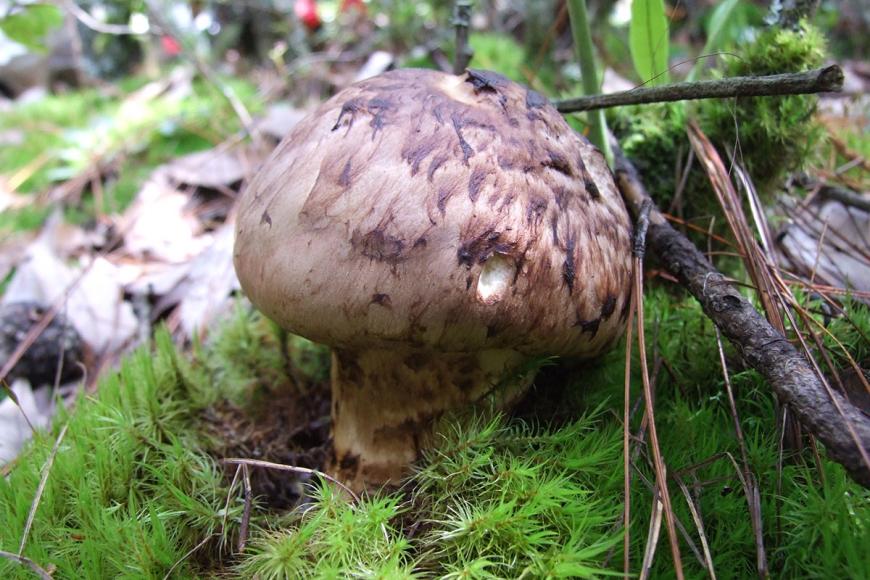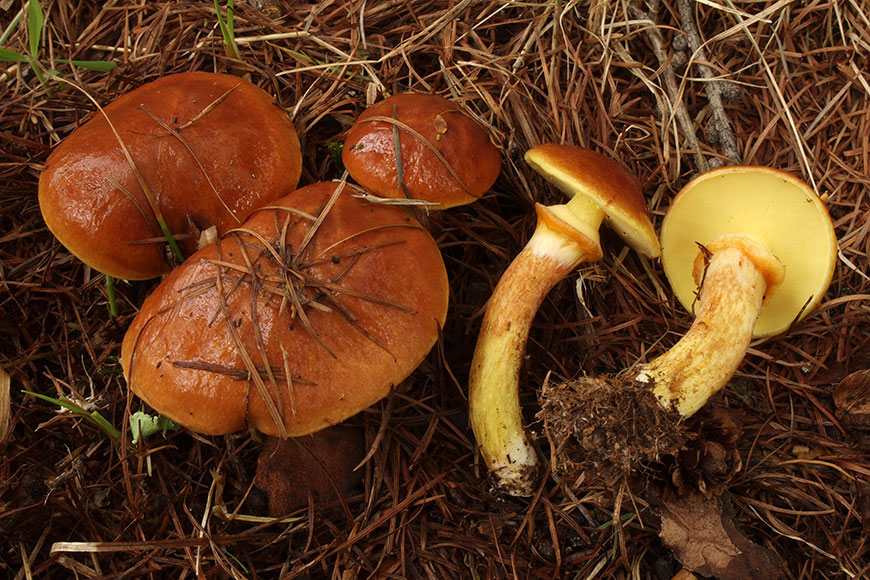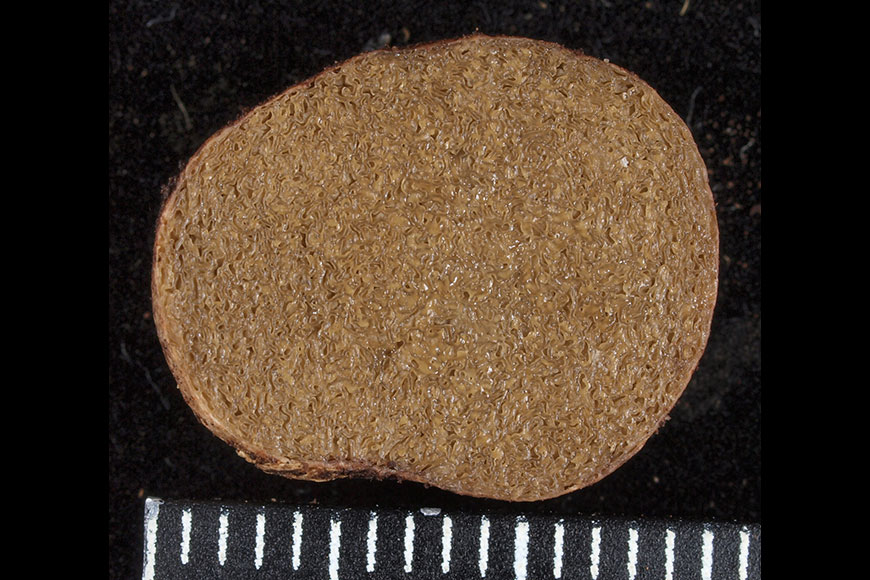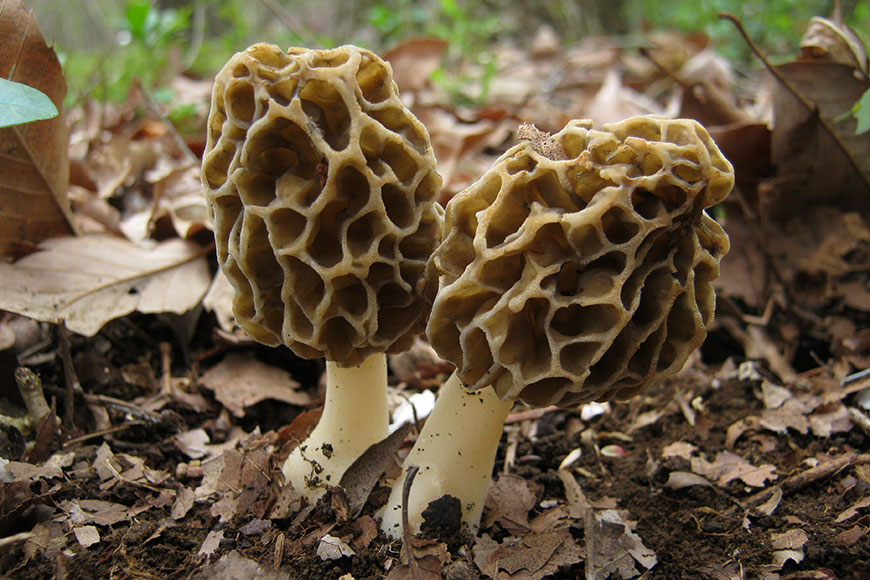Mushrooms, Mold, and Sake: Food Culture Created by Japanese Nature and People
Introducing the diversity and characteristics of the mushrooms that the Japanese eat, as well as unique aspects of Japan’s food culture such as the use of fungi. Also highlighting a variety of foods—sake, miso, soy sauce, etc.—created by using highly developed molds, especially koji mold, to meet the exacting Japanese palate.




